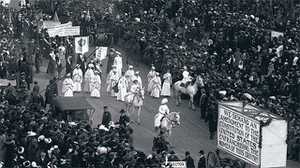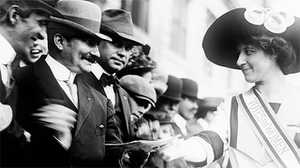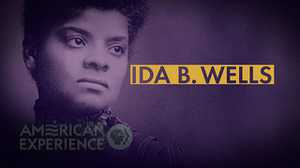Suffragist Gender Benders
From the Collections: Women in American History | The LGBTQ+ experienceThe suffrage movement welcomed women who today would be considered queer
In her article “Carrie & Mollie & Anna & Lucy,” Susan Ware writes “If you were involved in the suffrage movement, chances are you knew another suffragist who was part of a same-sex relationship or would now be considered queer.” This slideshow presents a selection of historical images of notable gender non-conforming suffragists.
-
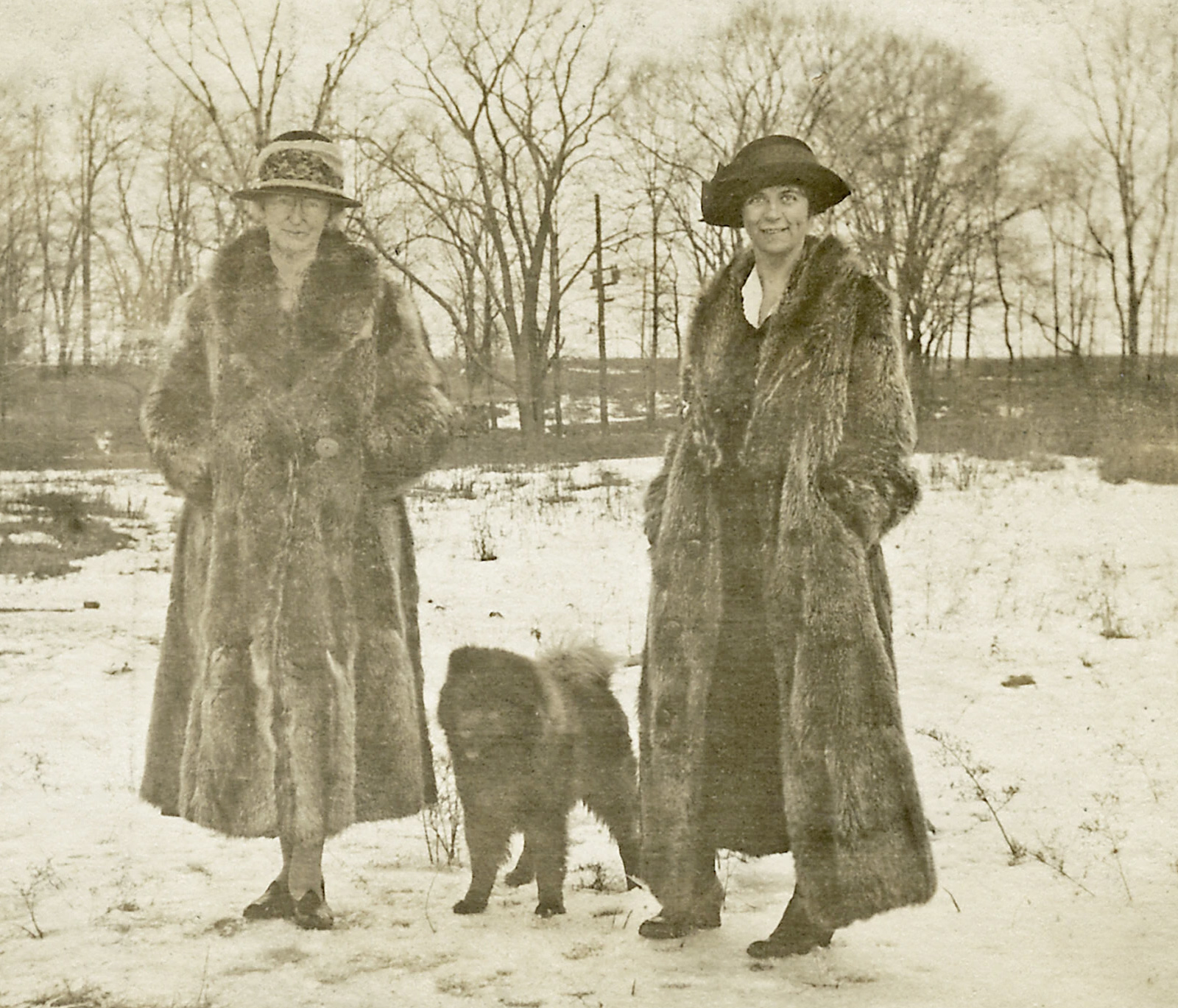
Molly Dewson (1874–1962) left, with her life-long partner Mary ‘Polly’ G. Porter (1884 – 1972). The two women met in 1910, when Dewson was 36 and Porter was 26. They were lifelong partners until Dewson’s death in 1962. Starting in 1915, the two were active in the Massachusetts suffrage movement. Raised in Boston and educated at Wellesley, Dewson was, writes Susan Ware, "America's first female political boss." In 1936 she was director of the Women’s Division of the Democratic National Committee, with a membership of 80,000 women, and brought countless women into politics and government.
Credit: Castine Historical Society Collections -
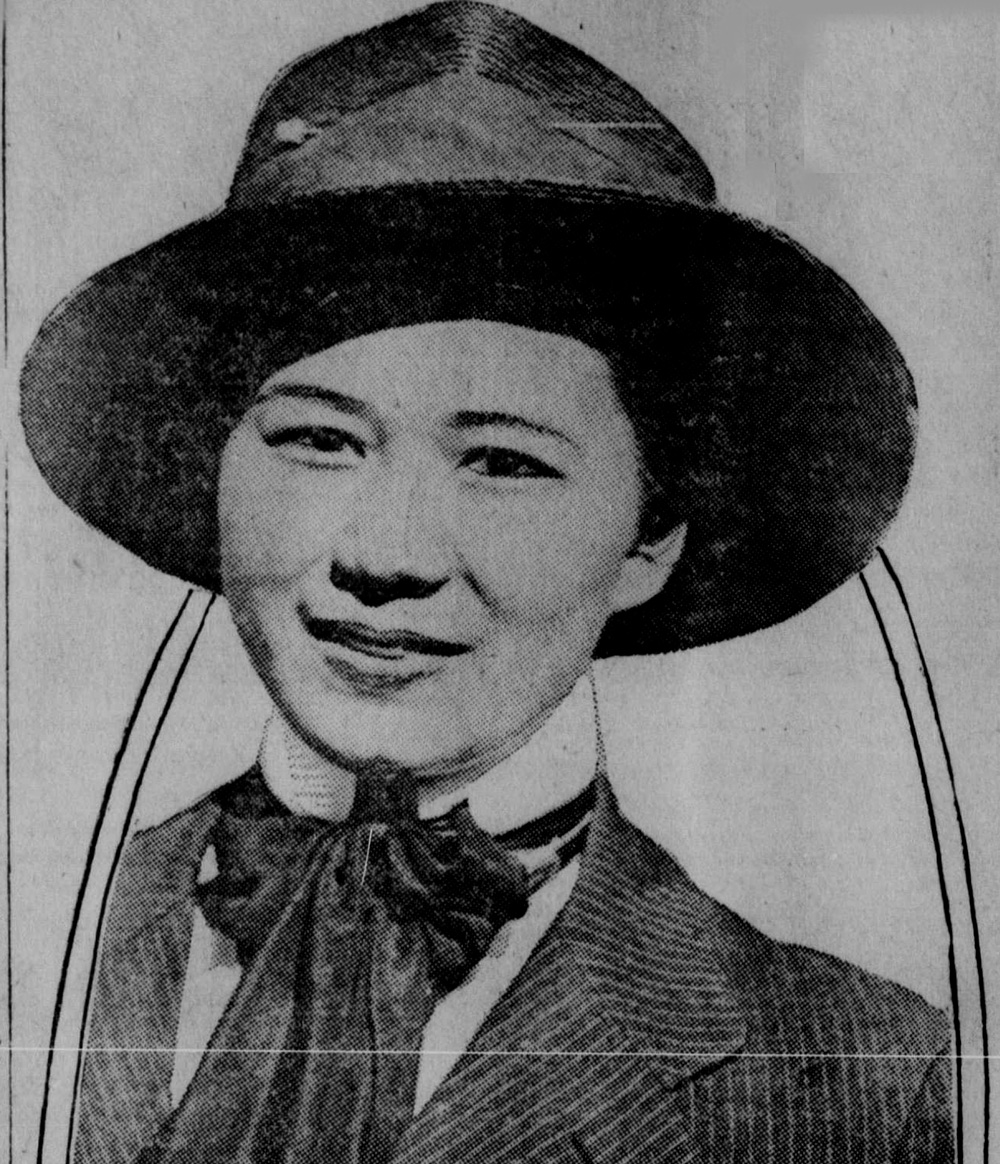
Dr. Margaret Chung (1889-1959 ) advocated for the voting rights of Chinese and American women in San Francisco with the Woman’s Auxiliary of the Chinese American League of Justice, the Chinese Protective Association and the Chinese Women’s Reform Club. Preferring to be called "Mike" by friends, Chung was known for her slicked-back hair, black tailored suit, hat and cane.
Credit: Wikimedia Commons, Public Domain -
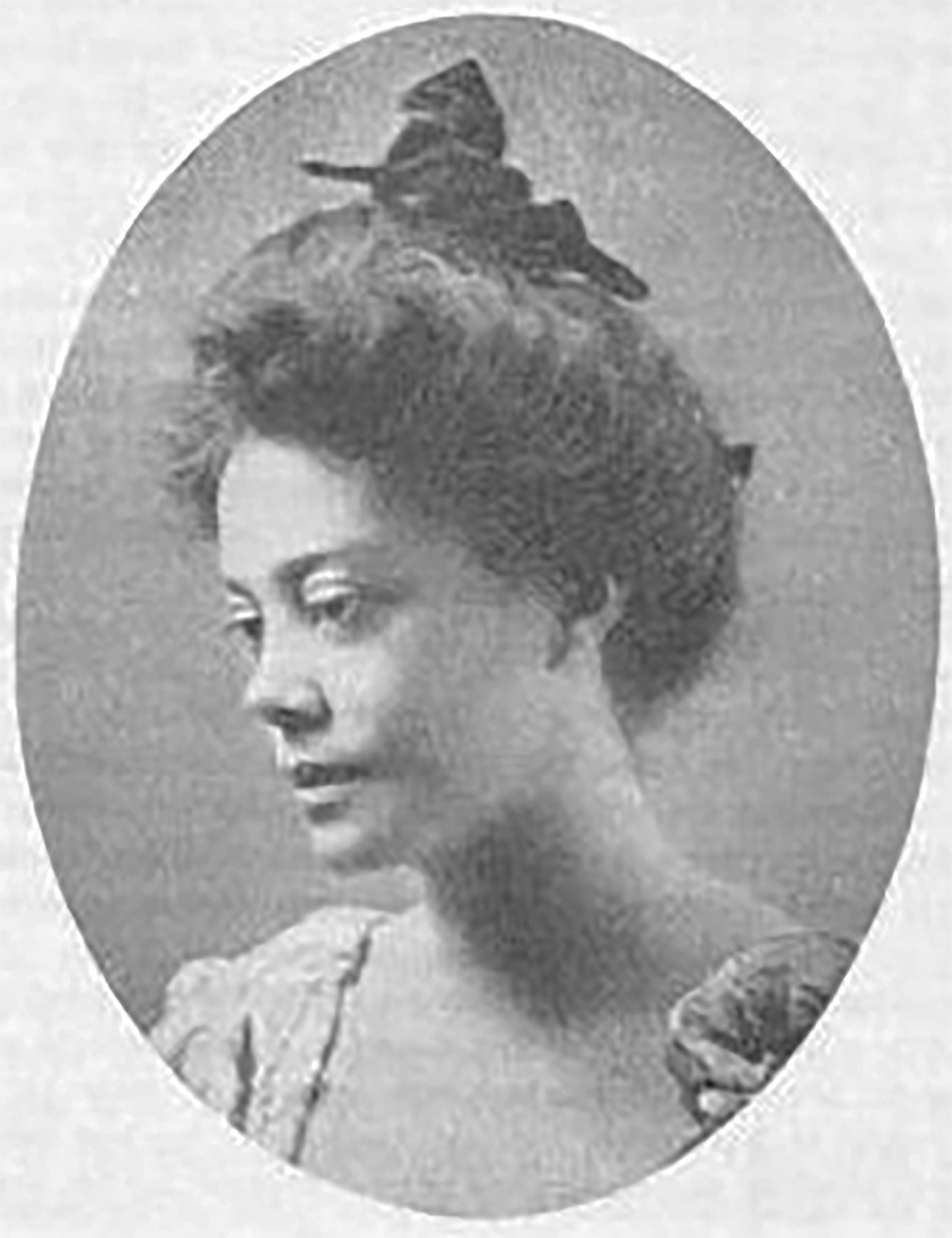
African American and women's rights activist, Alice Dunbar-Nelson (1875-1935) was a poet and a journalist. Publicly, she led a heterosexual lifestyle, with two marriages to men, most famously to the Black poet Paul Laurence Dunbar. But posthumously her diary has revealed that she had romantic and sexual relationships with men and women and was part of a lesbian and bisexual subculture among Black suffragists and clubwomen.
Credit: Wikimedia Commons, Public Domain -
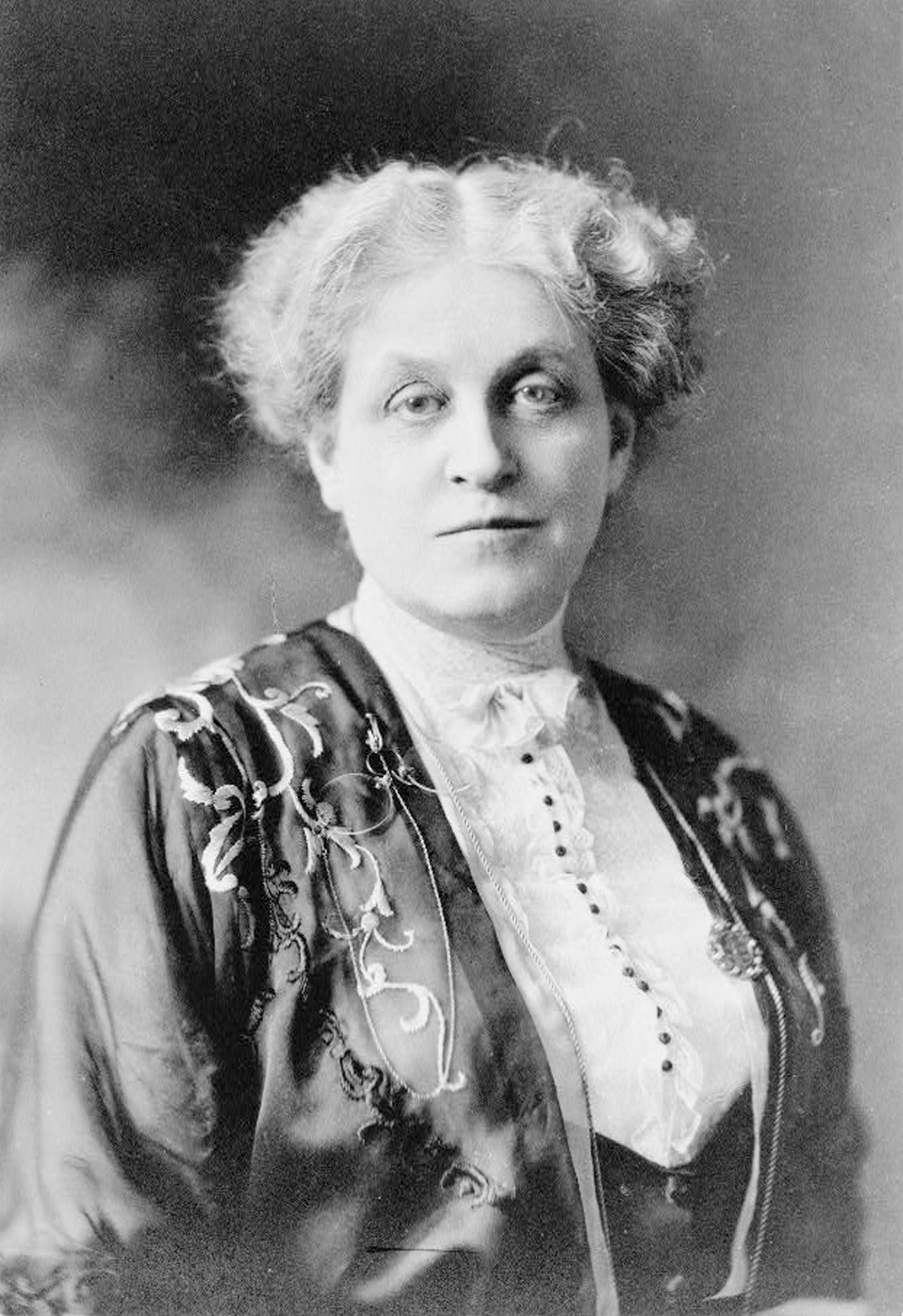
Carrie Chapman Catt (1859-1947 ) directed the National American Woman Suffrage Association and founded the League of Women Voters. After her second husband George Catt’s death in 1905, Catt lived together permanently with suffragist Mary (Mollie) Garrett Hay. The two women had lived together temporarily and travelled the country in the 1890s while they campaigned for women's suffrage. Catt was buried next to Hay in 1947 at Woodlawn Cemetery in the Bronx. Their monument reads: “Here lie two, united in friendship for thirty-eight years through constant service to a great cause.”
Credit: Library of Congress -
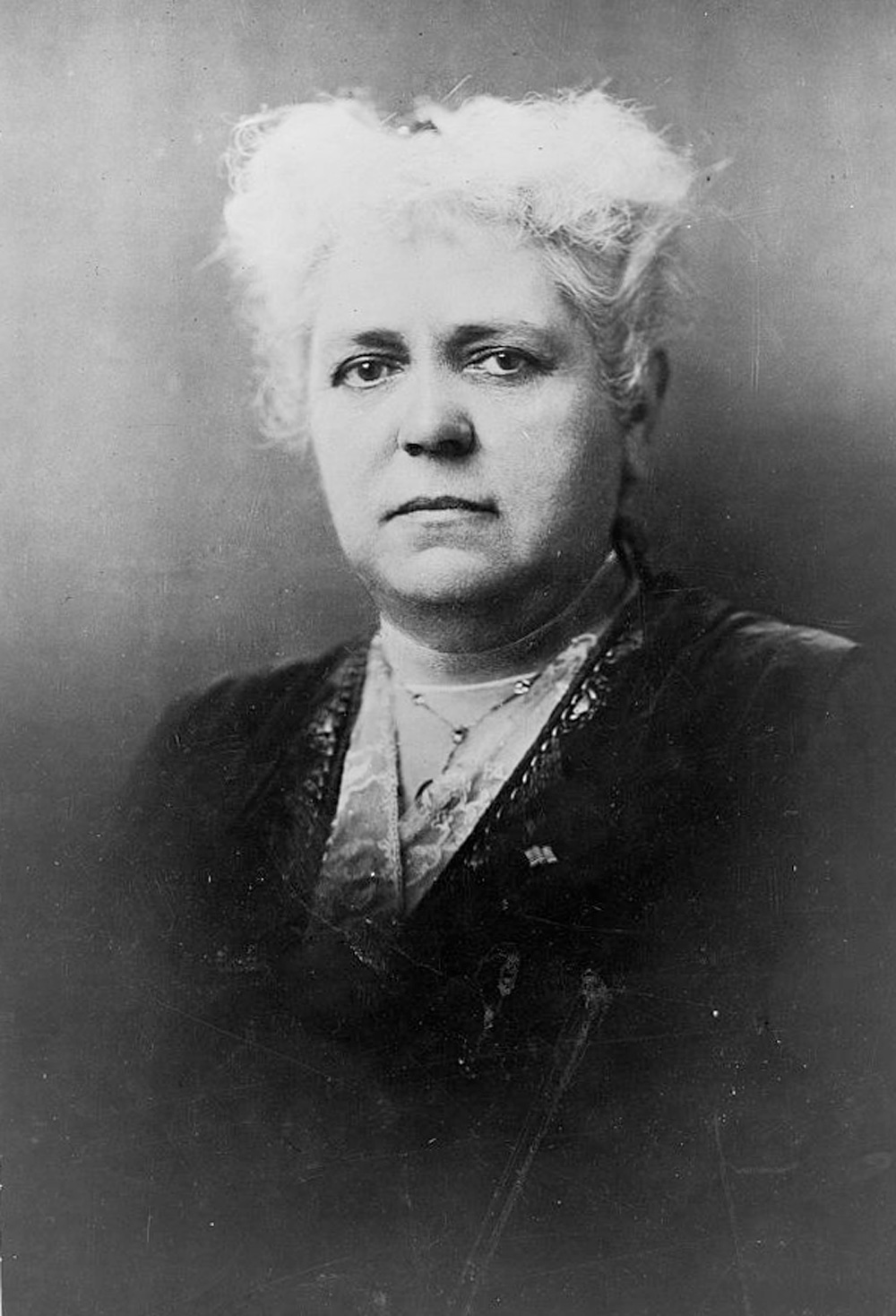
Mary "Mollie" Garrett Hay (1857-1928 ) was president of the Women's City Club of New York, the Woman Suffrage Party and the New York Equal Suffrage League. She lived temporarily and travelled extensively with Carrie Chapman Catt in the 1890s. When Catt died in 1947, she was buried next to Hay at Woodlawn Cemetery in the Bronx. Their monument reads: “Here lie two, united in friendship for thirty-eight years through constant service to a great cause.”
Credit: Library of Congress -
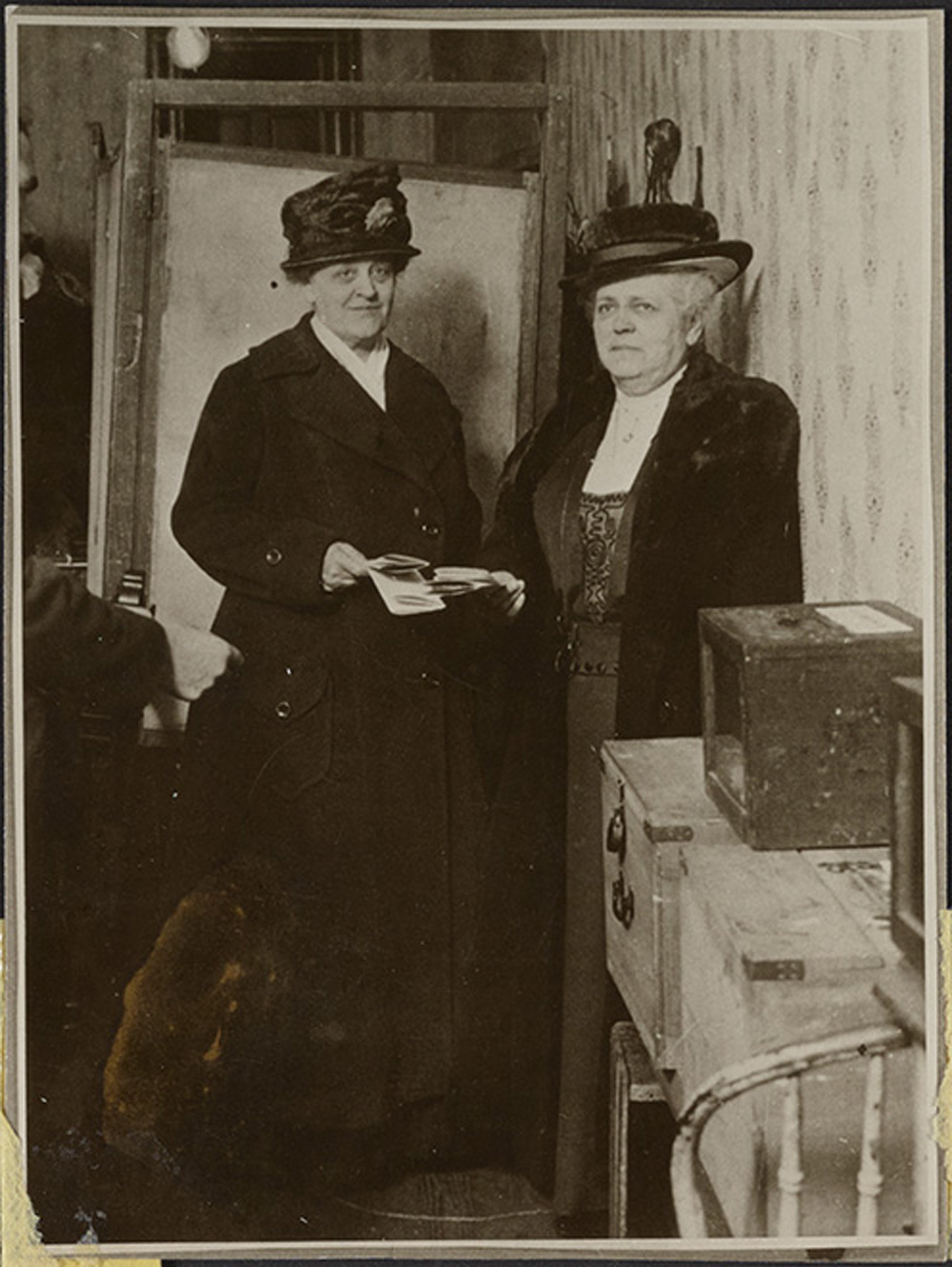
Carrie Chapman Catt and Mary Garrett Hay were photographed casting their first votes in November 1918. Both were instrumental in achieving suffrage in New York and nationally.
Credit: Library of Congress -
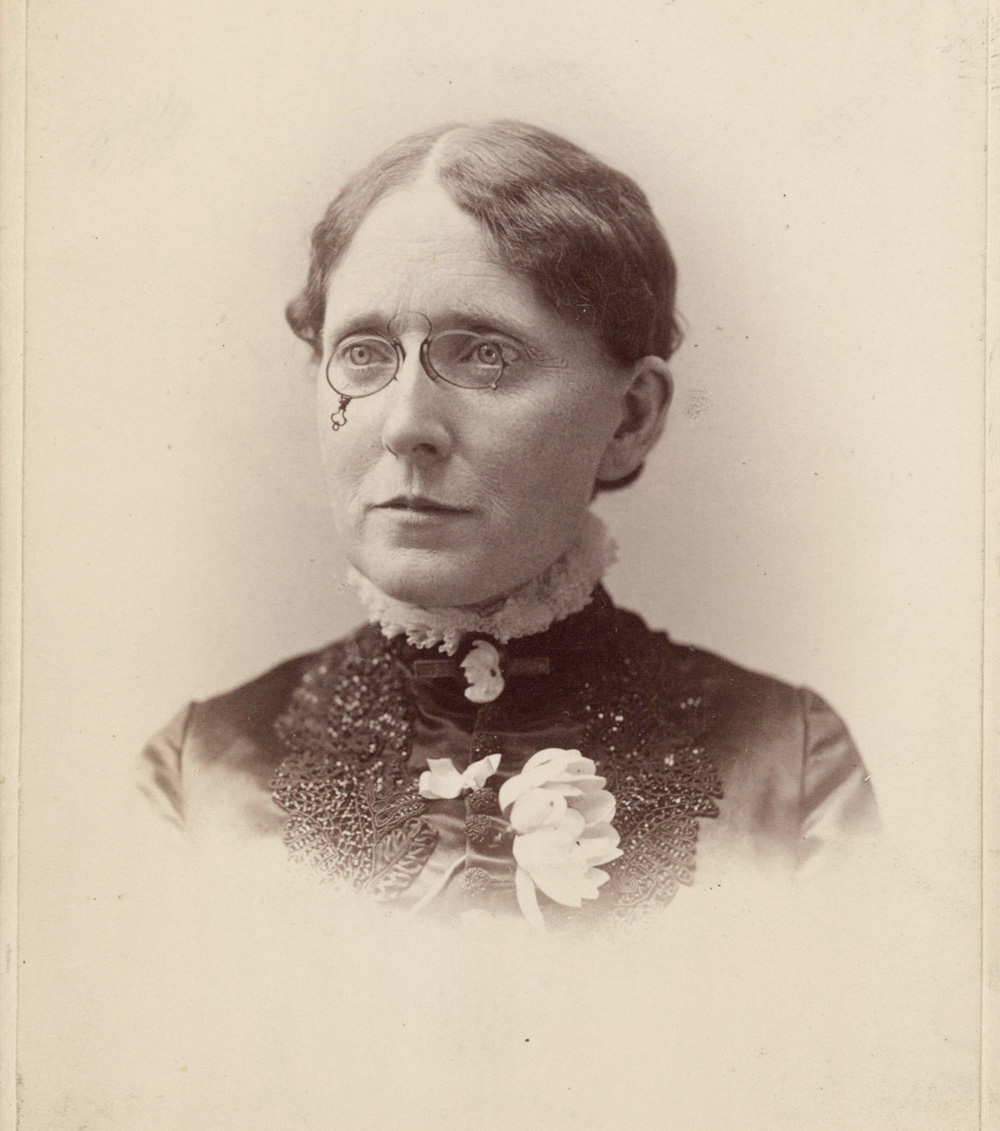
Frances Elizabeth Caroline Willard (1839-1898) became the national president of Woman's Christian Temperance Union in 1879 and remained president until her death. Willard lived a non-heteronormative lifestyle. Never having married, her most significant relationships were with women. For over a decade she lived with her personal secretary, Anna Adams Gordon. Together they cared for Willard’s mother, who lived with them.
Credit: Library of Congress -
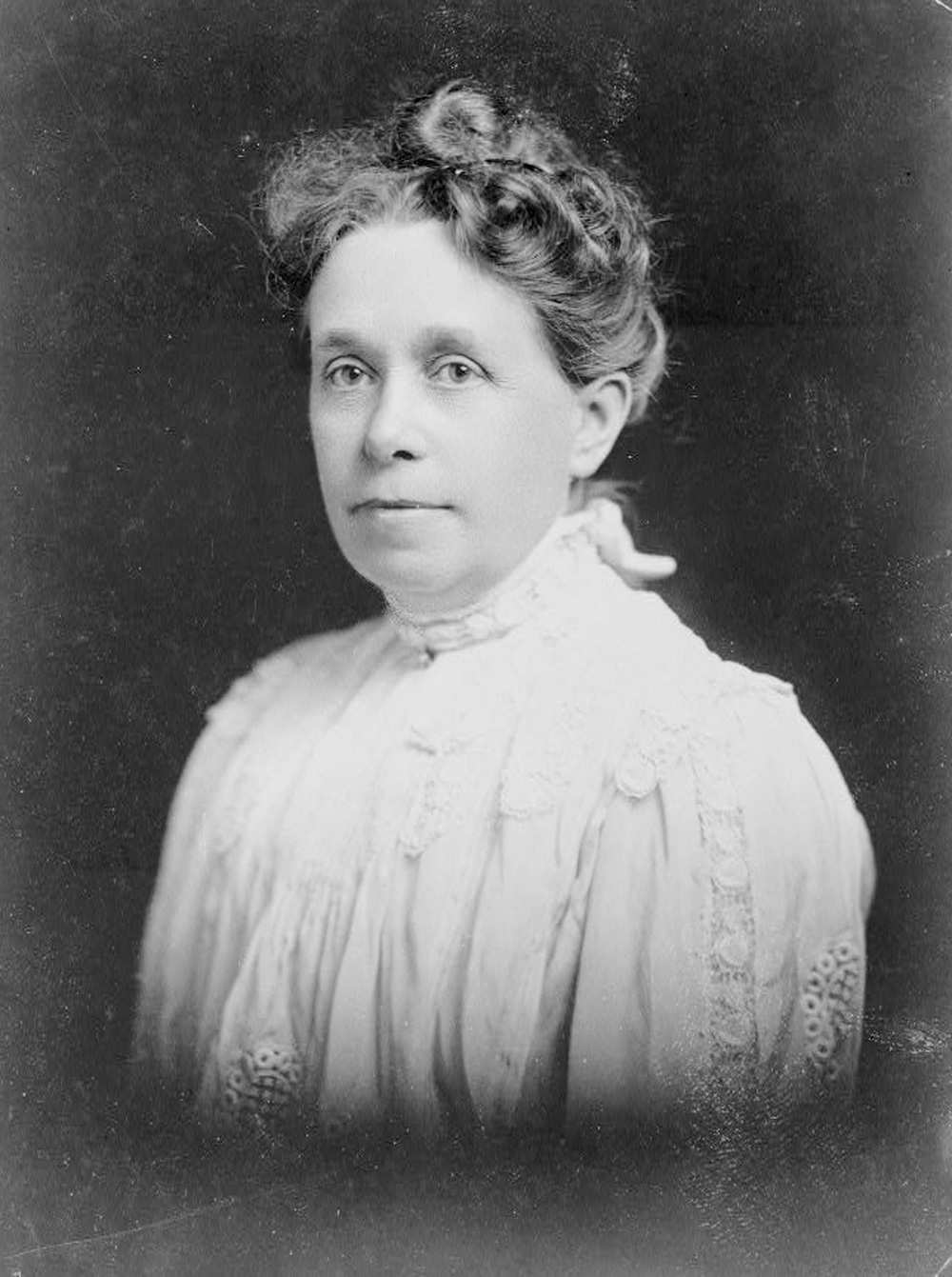
Anna Adams Gordon (1853-1931) served as president of the Woman's Christian Temperance Union and authored a number of books aimed at children. She served as personal secretary to Frances Willard. For over a decade, the two women lived together and cared for Willard’s mother.
Credit: Library of Congress -

In 1931, Jane Addams (1860-1935) was the first American woman to be awarded the Nobel Peace Prize—for her outspoken opposition to US entry into WWI—and is recognized as the founder of the social work profession in the United States. Addams openly maintained long-term, intimate relationships with women—most notably with Mary Rozet Smith, for over 30 years.
Credit: Library of Congress -
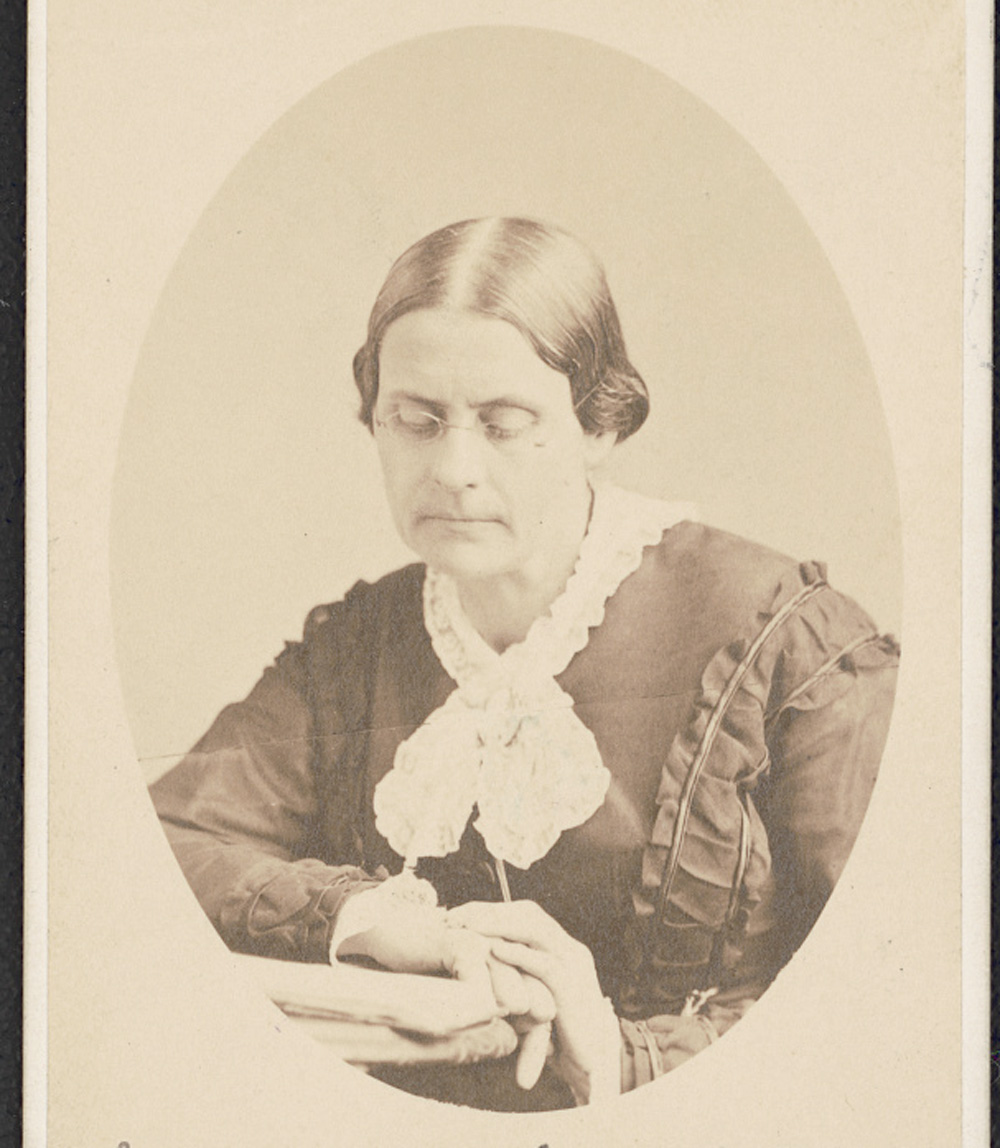
Susan B. Anthony (1815-1902) formed the National Woman Suffrage Association. Anthony disavowed “man marriage” and sustained her emotional life with deep friendships with other women. Her most intense relationship was with Anna Dickinson, who was 24 when Anthony met her at age 46. After the two parted ways several years later, Anthony never settled into a long-term relationship. She surrounded herself, instead, with a number of suffrage “nieces.”
Credit: Library of Congress -

Author, actor, gifted orator and mountaineer, Anna Elizabeth Dickinson (1842-1932) was an abolitionist, advocate for women's rights and the first woman to speak before Congress. Her letters reveal that she was romantically involved with women.
Credit: Library of Congress -
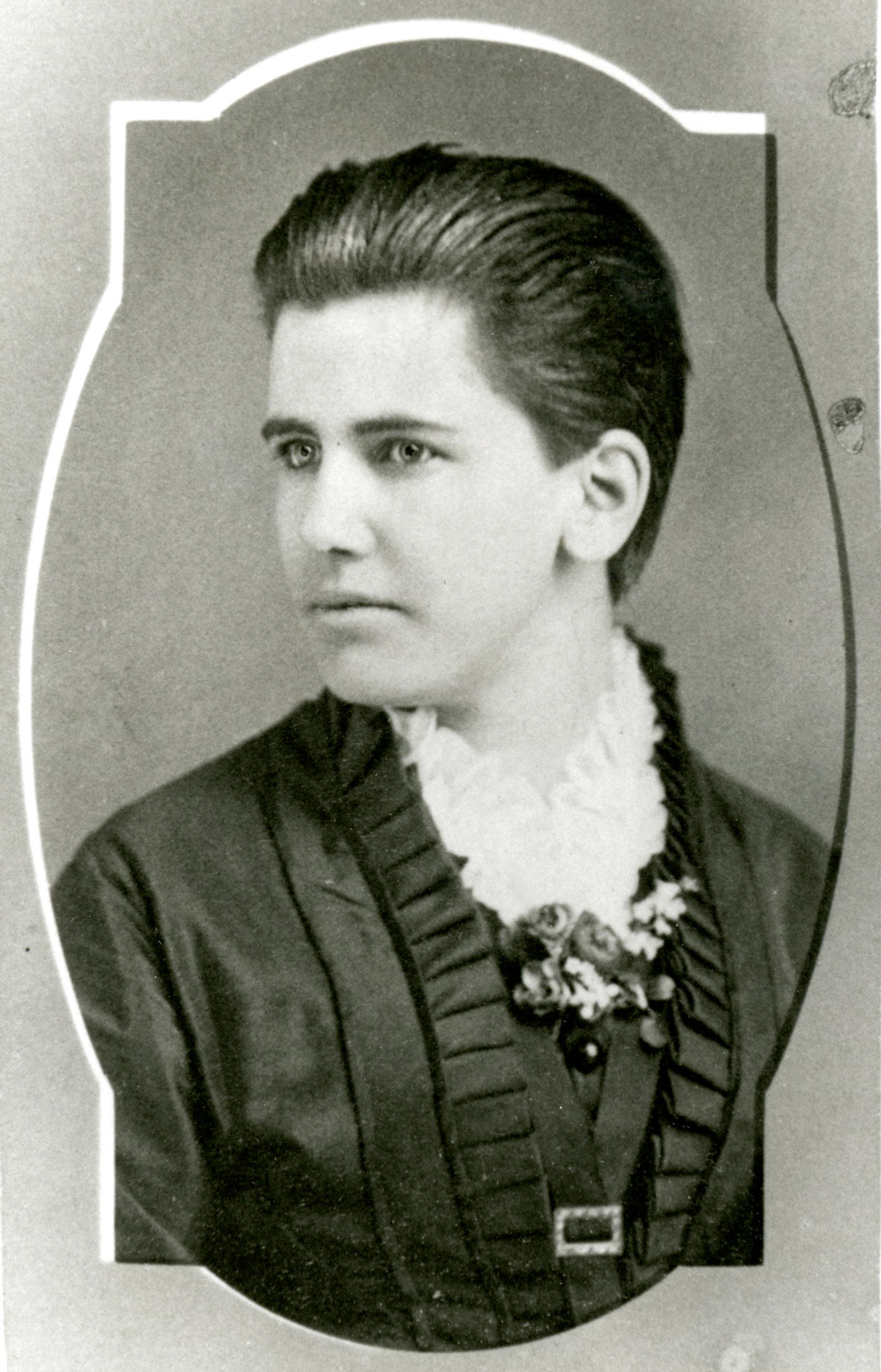
An ordained Methodist minister who also earned a medical degree, Anna Howard Shaw (1847-1919) went on to serve as president of the National American Woman Suffrage Association. She was a gifted orator and lecturer, especially for women’s suffrage. Shaw entered into a long-term relationship with Lucy Anthony, a niece of Susan B. Anthony, in the 1890s. The couple merged finances and lived like a married couple until Shaw's death in 1919. Shaw's ashes were scattered on the grounds of Alnick Lodge, where she and Lucy Anthony built a home outside Philadelphia in 1905.
Credit: Albion College Archives and Special Collections.




